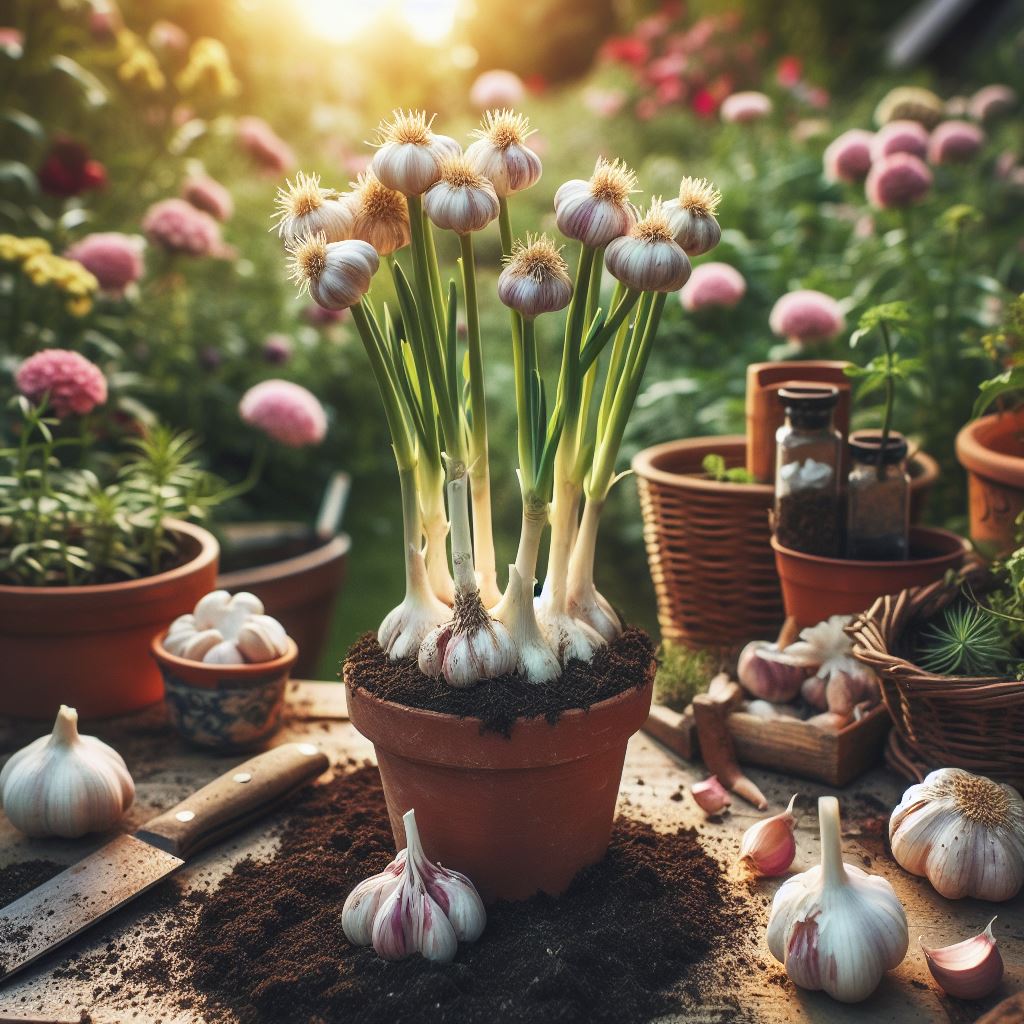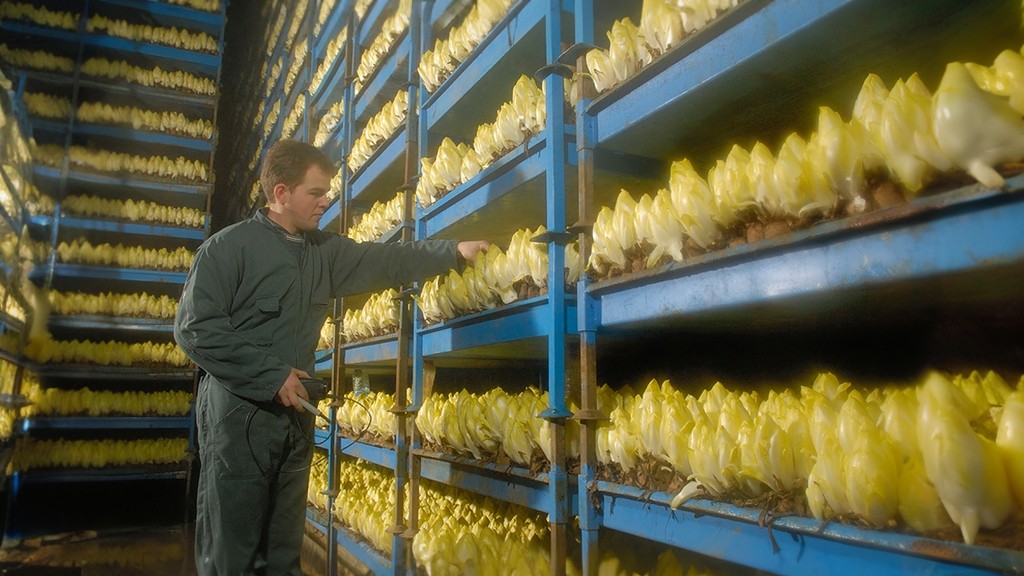Rapini
Rapini, also known as broccoli rabe, is a leafy green vegetable. It has green, spiked leaves with clusters of small broccoli-like buds. The flavor of rapini is slightly bitter and nutty. It is commonly used in Italian cuisine and can be sautéed, steamed, or added to various dishes such as pasta or salads.
Rapini Farming

Getting Started with Rapini Farming
Climate Requirements
Rapini thrives in cooler temperatures, making it suitable for cultivation in specific climates. Understanding the ideal conditions for rapini growth is essential for successful farming.
Soil Preparation
Preparing the soil with adequate nutrients and ensuring proper drainage sets the foundation for a healthy rapini crop. Farmers should conduct soil tests and implement suitable amendments for optimal results.
Choosing Rapini Varieties
Selecting the right rapini varieties based on climate, soil type, and market preferences is a critical decision. Different varieties may have varying growth patterns and flavors, so farmers must make informed choices.
Planting and Cultivation
Seed Selection and Germination
Choosing high-quality rapini seeds and ensuring proper germination are fundamental steps. Farmers should follow best practices for seed starting to achieve healthy seedlings.
Transplanting Seedlings
Transplanting is a crucial phase in rapini farming. Careful handling of seedlings and proper transplanting techniques contribute to robust plant development.
Proper Spacing and Watering Techniques
Maintaining appropriate plant spacing and implementing effective watering practices are essential for preventing diseases and ensuring optimal growth. Farmers must strike a balance to avoid overwatering or underwatering.
Pest Management in Rapini Farming

Common Pests and Diseases
Awareness of common pests and diseases affecting rapini is essential for early detection and intervention. Regular monitoring helps farmers address issues before they escalate.
Organic Pest Control Methods
Embracing organic pest control methods aligns with the increasing consumer preference for chemical-free produce. Farmers can explore natural remedies and beneficial insects to manage pests effectively.
Harvesting Rapini

Optimal Harvesting Time
Knowing when to harvest rapini is crucial for maximizing flavor and nutritional content. Farmers should be attentive to visual cues and adopt a timely harvesting schedule.
Harvesting Techniques
Adopting proper harvesting techniques, such as using sharp tools and avoiding damage to neighboring plants, ensures a bountiful harvest. Gentle handling during harvest preserves the quality of the produce.
Post-Harvest Handling
Implementing post-harvest practices, including proper storage and transportation, is vital for maintaining the freshness and appeal of rapini. Farmers should prioritize a seamless transition from the field to the market.
Marketing Your Rapini Produce

Identifying Target Markets
Understanding the target audience and identifying suitable markets is crucial for successful rapini marketing. Farmers can explore local farmers’ markets, restaurants, and grocery stores to establish a presence.
Packaging and Presentation
Eye-catching packaging and presentation enhance the market appeal of rapini. Farmers should invest in attractive, informative packaging that highlights the freshness and nutritional benefits of their produce.
Developing Marketing Strategies
Developing effective marketing strategies, including online presence, social media promotion, and collaborations with local businesses, helps farmers reach a wider audience. Building a brand around quality and sustainability can attract environmentally conscious consumers.
Rapini Nutritional Benefits: A Powerhouse of Goodness
High vitamin content
Rapini boasts an impressive nutritional profile, loaded with essential vitamins like A, C, and K. These vitamins contribute to overall well-being, supporting immune function, and promoting healthy skin.
Rich in antioxidants
Antioxidants found in Rapini combat free radicals, reducing oxidative stress in the body. This helps in preventing chronic diseases and supports cellular health.
Nutrient density
Despite being low in calories, Rapini is a nutrient-dense vegetable, providing vital minerals like iron and calcium. It’s an excellent addition to a balanced diet for those looking to enhance their nutritional intake.
Culinary Uses: Elevating Your Dishes
In the kitchen, Rapini’s versatility shines. From pasta dishes to stir-fries, its slightly bitter taste adds depth and complexity to various recipes. To maximize its flavor, blanching before cooking is recommended.
Health Impacts: Beyond Taste
Positive effects on digestion
Rapini contains dietary fiber that aids in digestion and promotes a healthy gut. Regular consumption can contribute to a well-functioning digestive system.
Potential cancer-fighting properties
Studies suggest that compounds in Rapini may have anti-cancer properties, making it a valuable addition to a cancer-preventive diet.
Managing cholesterol levels
The presence of plant sterols in Rapini has been linked to cholesterol reduction, supporting cardiovascular health.
Rapini Recipes

1. Rapini and Garlic Sauté: A Quick and Flavorful Side Dish
Ingredients:
- Fresh rapini, washed and trimmed
- Olive oil
- Garlic cloves, minced
- Red pepper flakes (optional)
- Salt and pepper to taste
Instructions:
Prepare Rapini:
Blanch rapini in boiling water for 2 minutes, then transfer to ice water to retain color.
Sauté Garlic:
In a pan, heat olive oil, add minced garlic, and sauté until golden brown.
Add Rapini:
Toss blanched rapini into the pan, sauté for 3-4 minutes.
Season:
Sprinkle with red pepper flakes, salt, and pepper. Serve hot.
2. Rapini and Feta Stuffed Chicken Breast: Elegant and Flavorful
Ingredients:
- Chicken breasts
- Fresh rapini, blanched and chopped
- Feta cheese, crumbled
- Lemon zest
- Olive oil
- Salt and pepper
Instructions:
Prepare Filling:
Mix chopped rapini, crumbled feta, lemon zest, salt, and pepper.
Butterfly Chicken Breast:
Cut a pocket in each chicken breast.
Stuff Chicken:
Stuff with the rapini and feta mixture.
Sear and Bake:
Sear in a pan, then bake until chicken is cooked through. Serve with a drizzle of olive oil.
3. Rapini Pesto Pasta: A Twist on Traditional Pesto
Ingredients:
- Cooked pasta
- Fresh rapini, blanched
- Pine nuts
- Parmesan cheese, grated
- Garlic cloves
- Olive oil
- Salt and pepper
Instructions:
Prepare Rapini:
Blend blanched rapini, pine nuts, garlic, and Parmesan in a food processor.
Add Olive Oil:
While blending, drizzle in olive oil until desired consistency.
Toss with Pasta:
Mix the pesto with cooked pasta. Season with salt and pepper. Serve with extra Parmesan.
4. Rapini and White Bean Soup: Hearty and Wholesome
Ingredients:
- Rapini, chopped
- Cannellini beans, cooked
- Onion, diced
- Garlic, minced
- Vegetable broth
- Italian seasoning
- Salt and pepper
Instructions:
Sauté Aromatics:
Sauté onion and garlic until fragrant.
Add Beans and Rapini:
Add cooked beans, rapini, and vegetable broth.
Season:
Season with Italian seasoning, salt, and pepper.
Simmer:
Let it simmer until flavors meld. Serve with crusty bread.
5. Rapini and Sun-Dried Tomato Quiche: Brunch Delight
Ingredients:
- Pie crust
- Fresh rapini, blanched and chopped
- Sun-dried tomatoes, chopped
- Eggs
- Milk
- Feta cheese
- Salt and pepper
Instructions:
Prepare Pie Crust:
Line a pie dish with the crust.
Layer Ingredients:
Layer rapini and sun-dried tomatoes in the crust.
Whisk Egg Mixture:
Whisk eggs, milk, feta, salt, and pepper. Pour over the vegetables.
Bake:
Bake until the quiche is set. Let it cool before slicing.
Conclusion: Rapini – A Green Marvel in Every Aspect
In conclusion, Rapini stands as a testament to the harmonious blend of taste and nutrition. Its journey from a regional favorite to a global sensation reflects its undeniable charm. Whether in the kitchen or the garden, Rapini continues to captivate, promising a delightful experience for those who embrace its wonders.
FAQs
Is Rapini the same as broccoli?
While they belong to the same family, Rapini and broccoli are distinct varieties. Rapini has smaller florets and longer stems, with a slightly bitter taste.
Can I eat Rapini raw?
While it can be eaten raw, blanching or sautéing Rapini enhances its flavor and makes it more palatable.
Is Rapini a superfood?
With its rich nutrient profile and potential health benefits, Rapini is often considered a superfood.
How can I make Rapini less bitter?
Blanching or sautéing with garlic helps mellow the bitterness of Rapini.
Can I freeze Rapini?
Yes, you can freeze Rapini after blanching it. This preserves its flavor and nutritional value.





